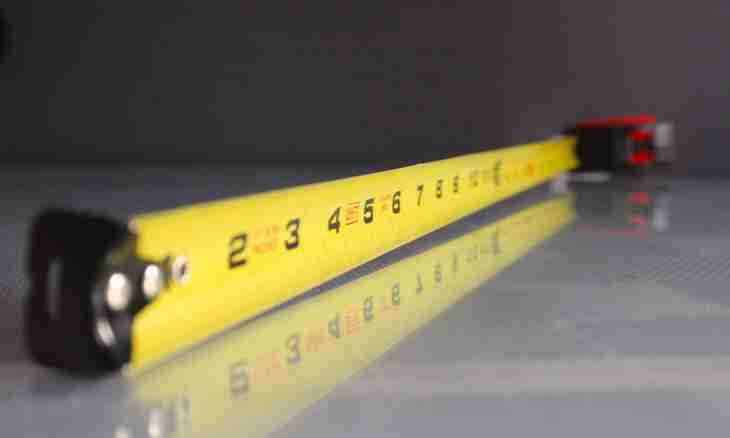Irrespective of, the body moves or is in rest, it is constantly affected by physical forces. As a rule, them a little, but at the solution of tasks it is more convenient to define equally effective forces.
Instruction
1. To define equally effective, it is necessary to find the total force which action is equivalent to cumulative action of all forces. Laws of vector algebra as any physical force has the direction and the module are for this purpose applicable. The principle of superposition according to which each force reports to a body acceleration irrespective of presence of other forces takes place.
2. Draw the schedule of a task, using a vector for representation of forces. The beginning of each such vector is a point of application of force, i.e. a body or bodies if the mechanical system is considered. For example, the vector of gravity has to be directed vertically down, the direction of a vector of external force coincides with the direction of the movement, etc.
3. Look attentively at the schedule. Define how vector of various forces are directed from each other. Depending on it make calculation them equally effective. According to the principle of superposition its vector is equal to the geometrical sum of all forces.
4. There can be four situations: Forces are directed in one party. Then the vector equally effective kollinearen to vectors of these forces is also equal to their sum: |F| = |f1| + |f2|. Forces are directed in different directions. In this case the module of equally effective is equal to the difference of modules of bigger and smaller force. Its vector is directed towards bigger force: |F| = |f1| – |f2|, where |f1|> |f2|. Forces are directed at right angle. Then calculate the module equally effective by the rule of a triangle of addition of vectors. Its vector will be directed on a hypotenuse of the rectangular triangle formed by vectors of forces. At the same time the beginning of the second vector coincides with the end of the first, therefore, the direction equally effective will be defined by the direction of bigger force again: |F| = √ (|f1|² + |f2|²). Forces are directed at an angle, other than 90 °. By the rule of a parallelogram of addition of vectors the module of equally effective is equal: |F| = √ (|f1|² + |f2|² – |2·f1| • |f2| • cos α) where α - a corner between vectors of forces of f1 and f2, the direction equally effective is defined to similarly previous case.

